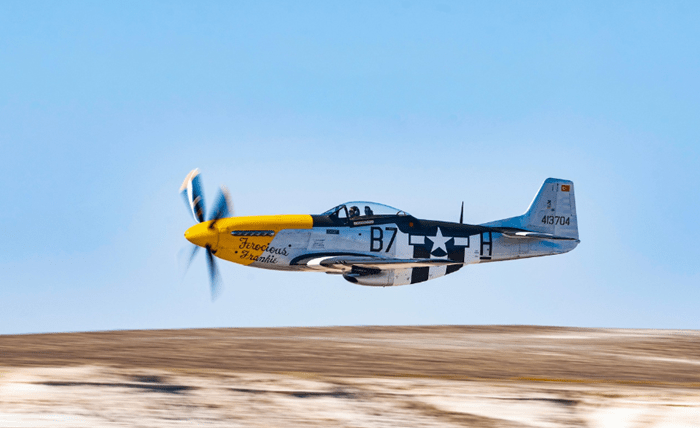
Flight simulators have become more than just games—they are immersive training tools that bring the sensation of real flight to your living room. With virtual reality (VR) technology leading the charge, having the right VR controller can significantly enhance your simulation experience. The precision, comfort, and responsiveness of the controller you choose will directly impact how realistically you interact with your aircraft cockpit and navigate the skies. This guide will walk you through how to choose the best VR controllers for flight sims, so you can get the most out of your setup.
Understand your VR headset compatibility
The first step is to ensure the VR controllers you are considering are fully compatible with your existing VR headset. Different headsets—like the Meta Quest, Valve Index, HTC Vive, or HP Reverb G2—come with specific controllers, and not all third-party devices integrate well across platforms. Before investing in any controller, double-check the compatibility details from both the VR headset and the controller manufacturers. A mismatch can result in limited functionality or poor tracking performance, which can take away from the realism of your flight sim experience.
Look for accurate motion tracking
In flight simulators, precision matters. Every movement of your hands should be accurately mirrored in the virtual cockpit. High-quality VR controllers come with advanced motion tracking technology that allows for precise input, including the ability to manipulate buttons, levers, and yokes in real time. Controllers with six degrees of freedom (6DoF) are highly recommended because they allow movement in all directions—forward/backward, up/down, left/right, and rotational movements. This level of control is essential when you are adjusting instruments or steering an aircraft in a flight simulator setup.
Evaluate ergonomics and button layout
Comfort is key, especially for long simulation sessions. A good VR controller should feel natural in your hands. Look for controllers with a well-thought-out design that supports a firm yet comfortable grip. The button layout should also be intuitive, allowing you to make quick adjustments without needing to constantly look at your hands or fumble mid-flight. Ergonomic controllers help prevent hand fatigue and allow you to stay focused on flying, not on managing the hardware.
Consider support for simulator-specific features
Some VR controllers are better suited for flight simulations because they support simulator-specific features. For example, controllers that allow for fine throttle adjustments, yoke control, or interaction with cockpit instruments can make your experience much more immersive. While standard VR controllers can be used, there are specialized options available that mimic real-world aviation equipment. These can be especially helpful for those looking to practice with realistic tools like the g1000, commonly used in general aviation aircraft.
Check for community feedback and developer updates
Before buying, check what the flight sim community says about the controller. Look at user reviews, forums, and blog posts to understand performance and any issues. Also, ensure the manufacturer provides regular software updates for long-term compatibility.
Final thoughts
Choosing the right VR controllers for flight simulators is about more than just picking what looks good. It involves a careful evaluation of compatibility, tracking accuracy, ergonomics, and community reliability. With the right tools, your simulation experience can transform from basic gameplay into a near-realistic flying adventure. Take the time to research, compare, and test your options before making a final decision—it will pay off in a smoother, more engaging virtual cockpit experience.
